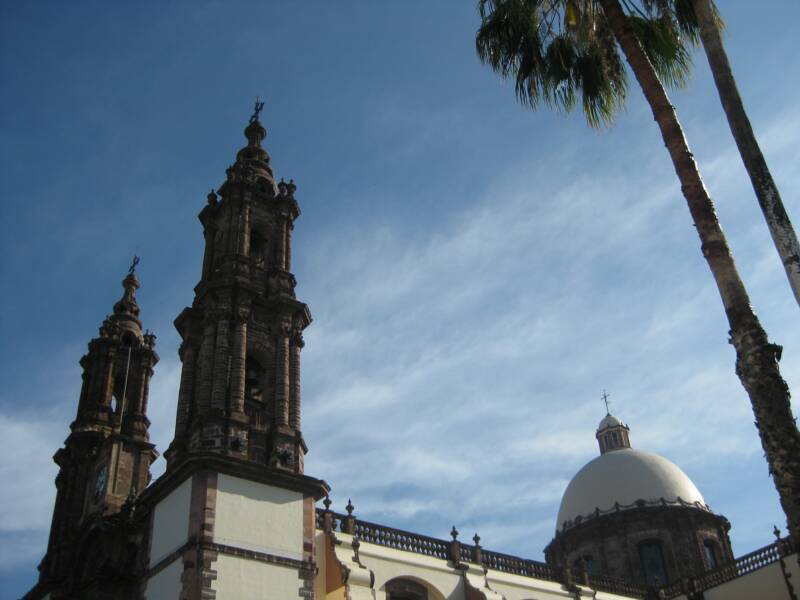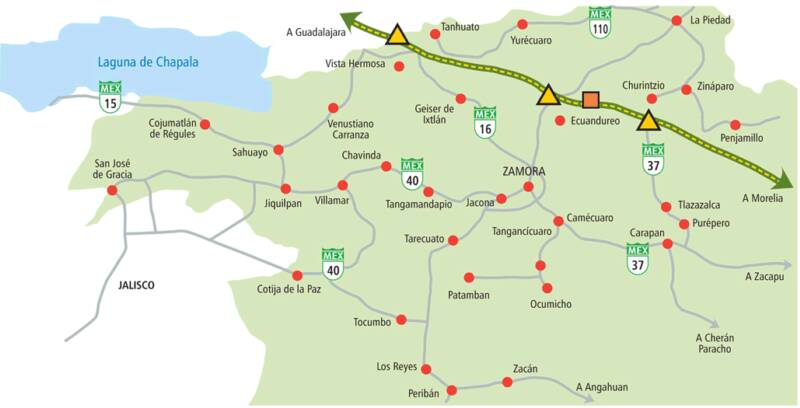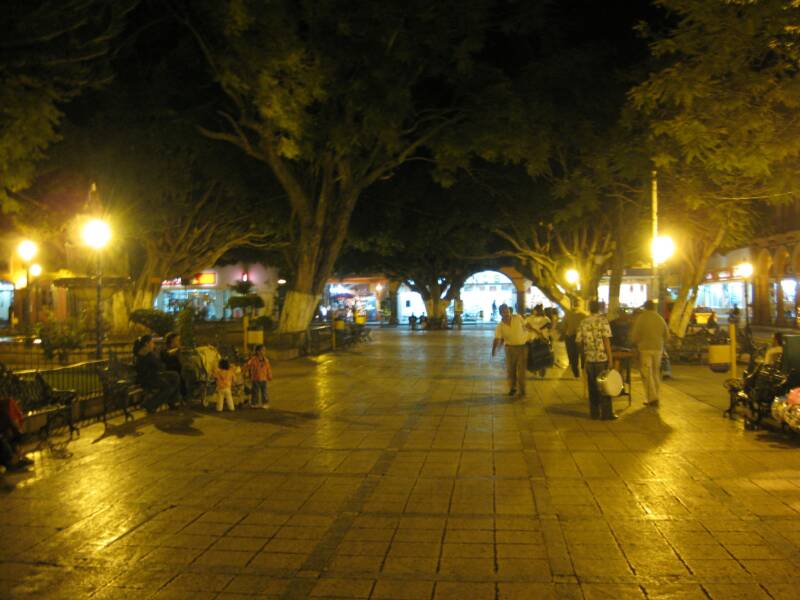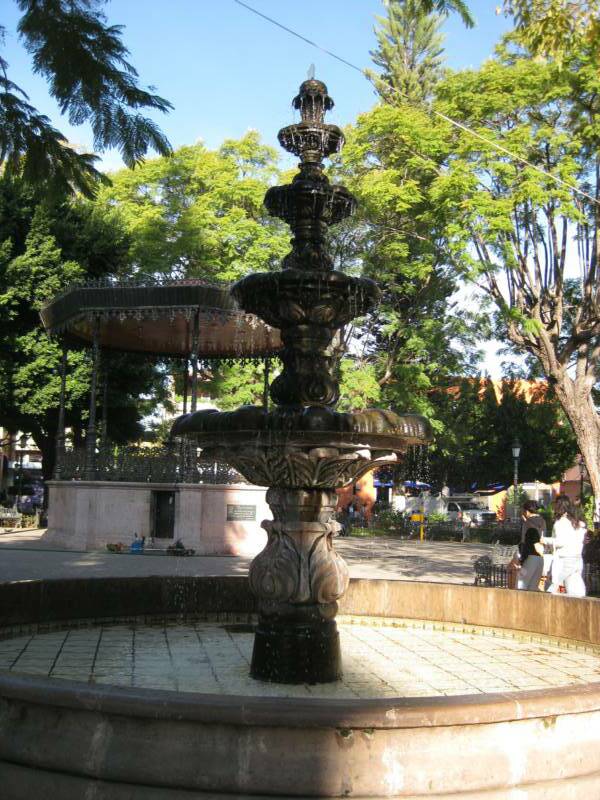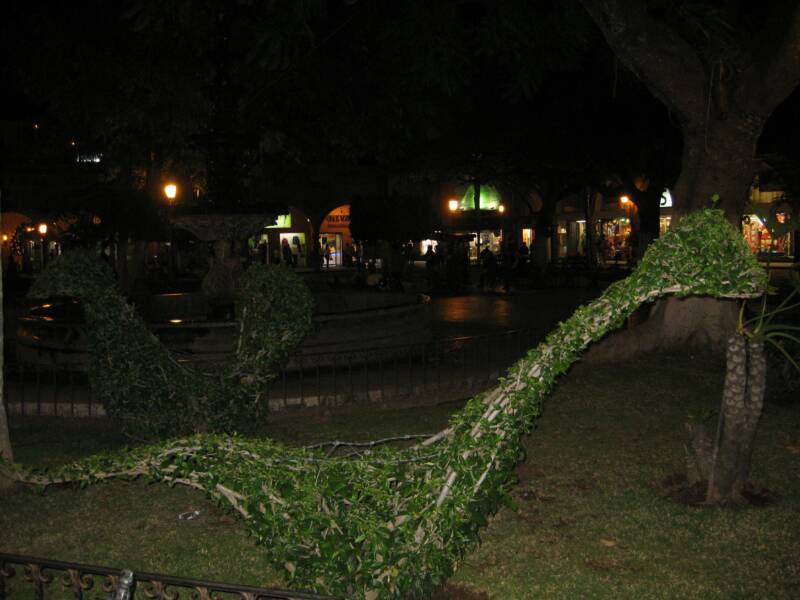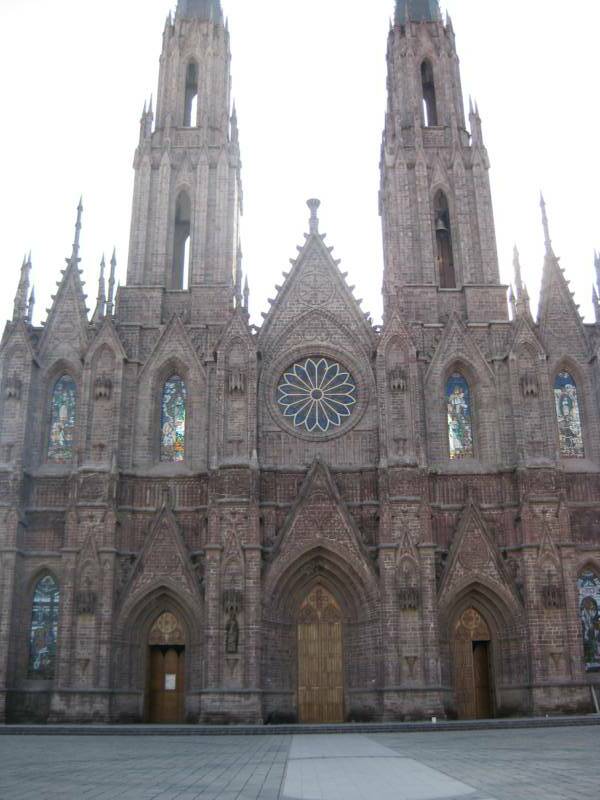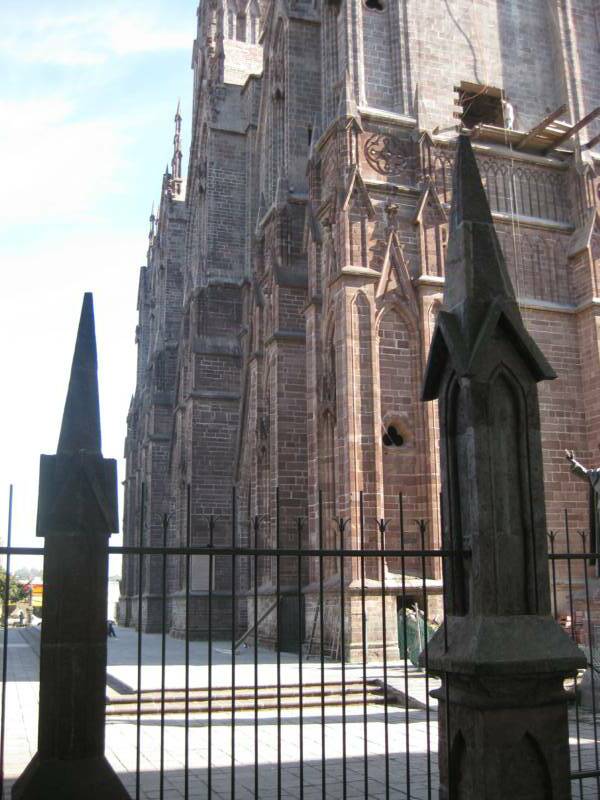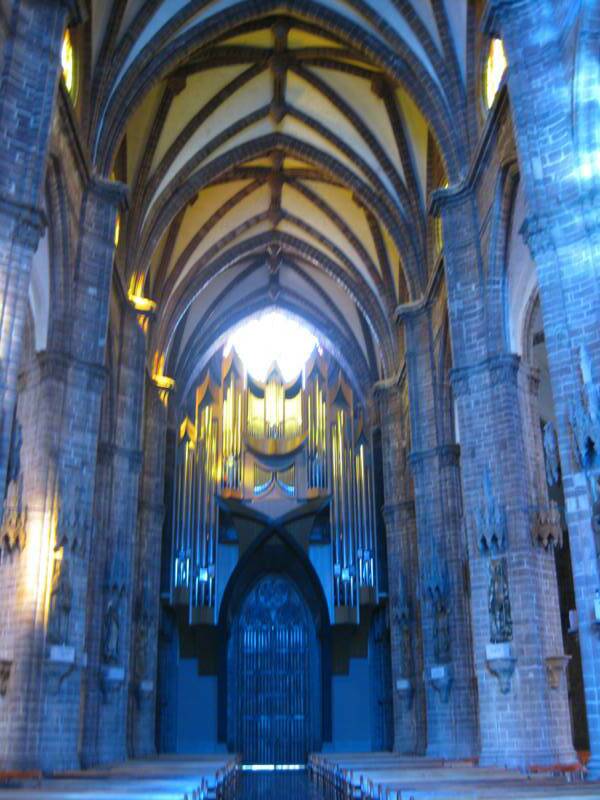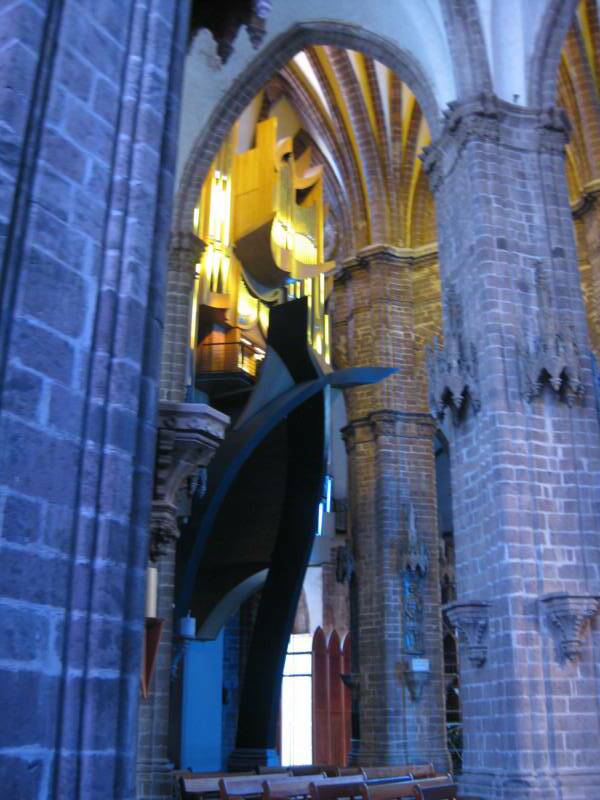This page was last updated: January 16, 2017
 | ||||||
Zamora
90 miles to Morelia
To Zacapu and
Patzcuaro -->
Zamora has several leisure alternatives, periodically Theater of the City of Zamora offers events, as piano recitals, theater, camera concerts and works, also the School of Michoacán A.C. with soothes in Zamora offers to the citizenship diverse cultural events like cycles of films festivals, recitals, concerts and presentations of folkloric dances and events.
Zamora is home to the Chongos Zamoranos, milk and sugar-based curds, Churipo con corundas, a meat-based stew with corn tamales shaped as polyhedrons. Every year the Festival of the Chongos Zamoranos is held, where the visitor is able to taste gastronomical samples, musical dances and interpretations, as well as the “Poets Meeting” and every 12 of December in Our Lady of Guadalupe Unfinished Cathedral and in diverse places of the city.
Zamora de Hidalgo, in Michoacán, is the strawberry capital of Mexico. There are pedestrian promenades, with animal topiaries, fountains, and live must on Sunday nights at the bandstand.
Zamora is about 90 miles from both Guadalajara and Morelia.
Zamora is located in the Tziróndaro Valley (P'urhépecha for "Swamp place" ), part of the Tarascan Plateau in the northwestern part of the state, at an altitude of 1,567 meters or 5,150 feet.
The census population is about 175,000. The area was first settled around 1500 BC.
The modern-day city was founded in 1574 by Spanish settlers from the Spanish city of Zamora.
Zamora is home to the great Our Lady Of Guadalupe Cathedral, otherwise know as "El Santuario" (#1 on map)
One of the main tourist points is the Our Lady of Guadalupe Unfinished Cathedral, located over 5 de Mayo Avenue; it is a neo-gothic style architectural wonder that dates from 1898, this enormous cathedral when concluded is expected to reach 105 meters of height, and will be one of the greatest churches of the American continent.
The historical helmet of the city lodges a great amount of buildings with historical value, getting up during the virreinato and century XIX. Some of these monuments are the temple of San Francisco, the Our Lady of Guadalupe Unfinished Cathedral of Zamora, second tallest church in Mexico; The church of La Purisima, the church of El Calvario, the Public Library and the Federal Palace.
Zamora is a place of romance and peace. Zamora allows you to explore the culture of Michocan itself, with a variety of culinary dishes from all over Mexico.
